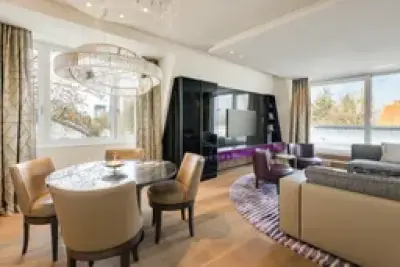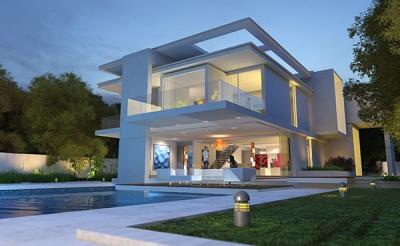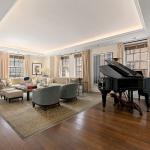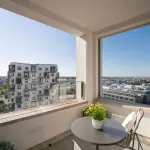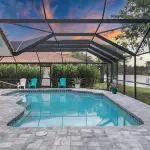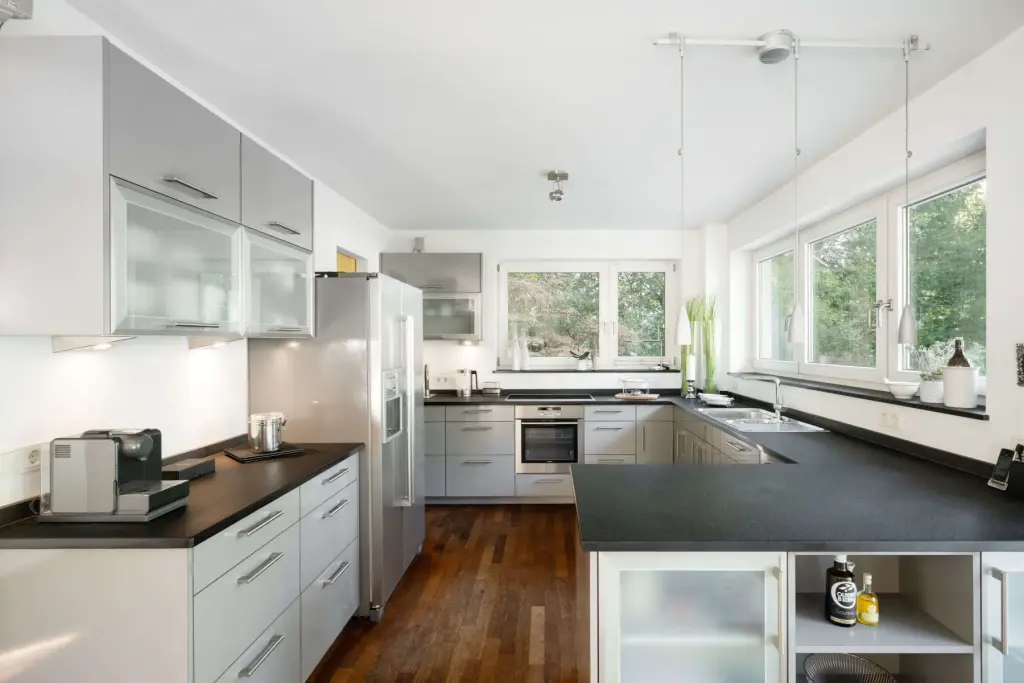
Modern Architecture: Merging Function and Aesthetics
Modern Architecture: Merging Function and Aesthetics
Modern architecture is all about creating spaces that are both beautiful and practical. It blends the way a building looks with how well it works, making homes more comfortable, functional, and stylish at the same time. This approach focuses on finding the perfect balance between form (how things look) and function (how things work). Let's dive into how modern architecture achieves this balance and why it's so important for today’s homes.
The Beauty of Simplicity
One of the key elements of modern architecture is simplicity. In the past, buildings were often designed with lots of decorations, intricate details, and heavy ornamentation. Modern homes, however, embrace a simpler approach. You’ll notice clean lines, open spaces, and a “less is more” attitude when it comes to design.
This doesn’t mean modern homes are boring or lack character. On the contrary, by cutting out unnecessary details, the design highlights the things that matter most. The focus is on function and efficiency, but the result is often stunning. Think of sleek, flat roofs, wide windows, and an open layout where everything flows smoothly from one space to another.
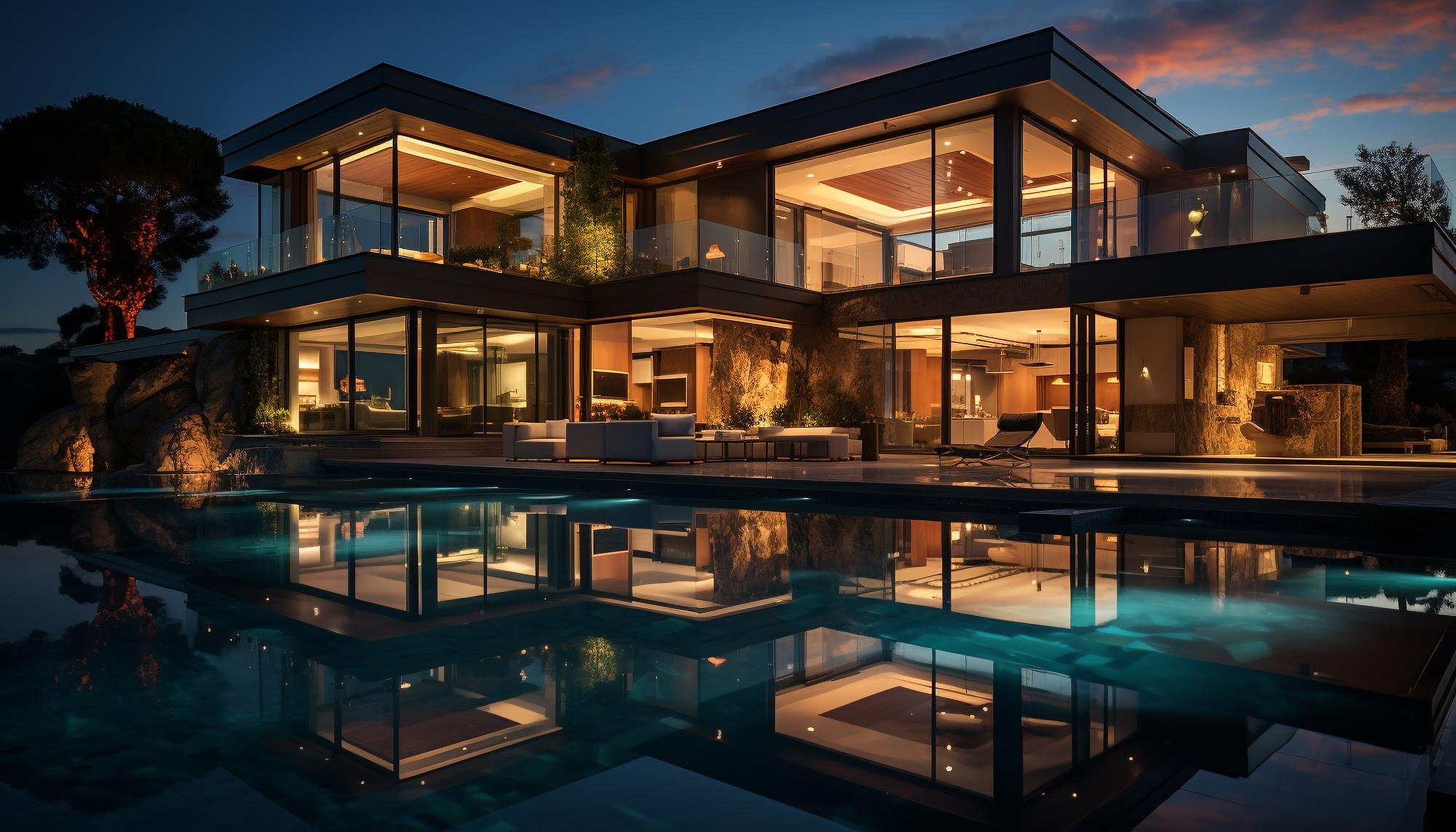
The Power of Natural Light
A big part of modern design is the use of natural light. Large windows, sliding glass doors, and even skylights help bring the outdoors inside. This not only makes a space look brighter and more inviting but also makes the home feel more connected to nature. With more natural light, you can enjoy the view outside while also saving on energy costs, as you don’t need to rely as much on artificial lighting during the day.
Natural light also has psychological benefits. It helps improve mood and can even make the space feel more spacious. Instead of feeling closed off or cramped, rooms flooded with natural light feel fresh, airy, and open. That’s why modern homes often have large windows or walls of glass that make the most of daylight.
Open Spaces for Flexibility and Comfort
Modern homes often feature open floor plans. This means fewer walls separating rooms, which creates a sense of flow and openness. The idea is to make spaces more flexible, where different areas can serve multiple purposes. For example, the living room and kitchen might be connected in an open layout, allowing for better interaction and easier movement between spaces.
This open concept also promotes a feeling of unity within the home. It encourages family members to spend more time together and allows people to easily transition from one area of the house to another. The result is a more comfortable and social living space that doesn’t feel overly compartmentalized or disconnected.
Practical Materials and Sustainable Choices
In modern architecture, there’s a strong focus on using materials that are both practical and sustainable. You’ll often see concrete, steel, glass, and wood used in modern homes. These materials are chosen not just for their looks but also for their durability and functionality. For example, concrete and steel offer strength and stability, while large glass panels bring in lots of natural light and create an open feel.
Sustainability is another important factor in modern architecture. Many modern homes are designed with energy efficiency in mind, using materials that help reduce heating and cooling costs. Solar panels, rainwater collection systems, and energy-efficient appliances are just some examples of how modern homes are becoming more eco-friendly.
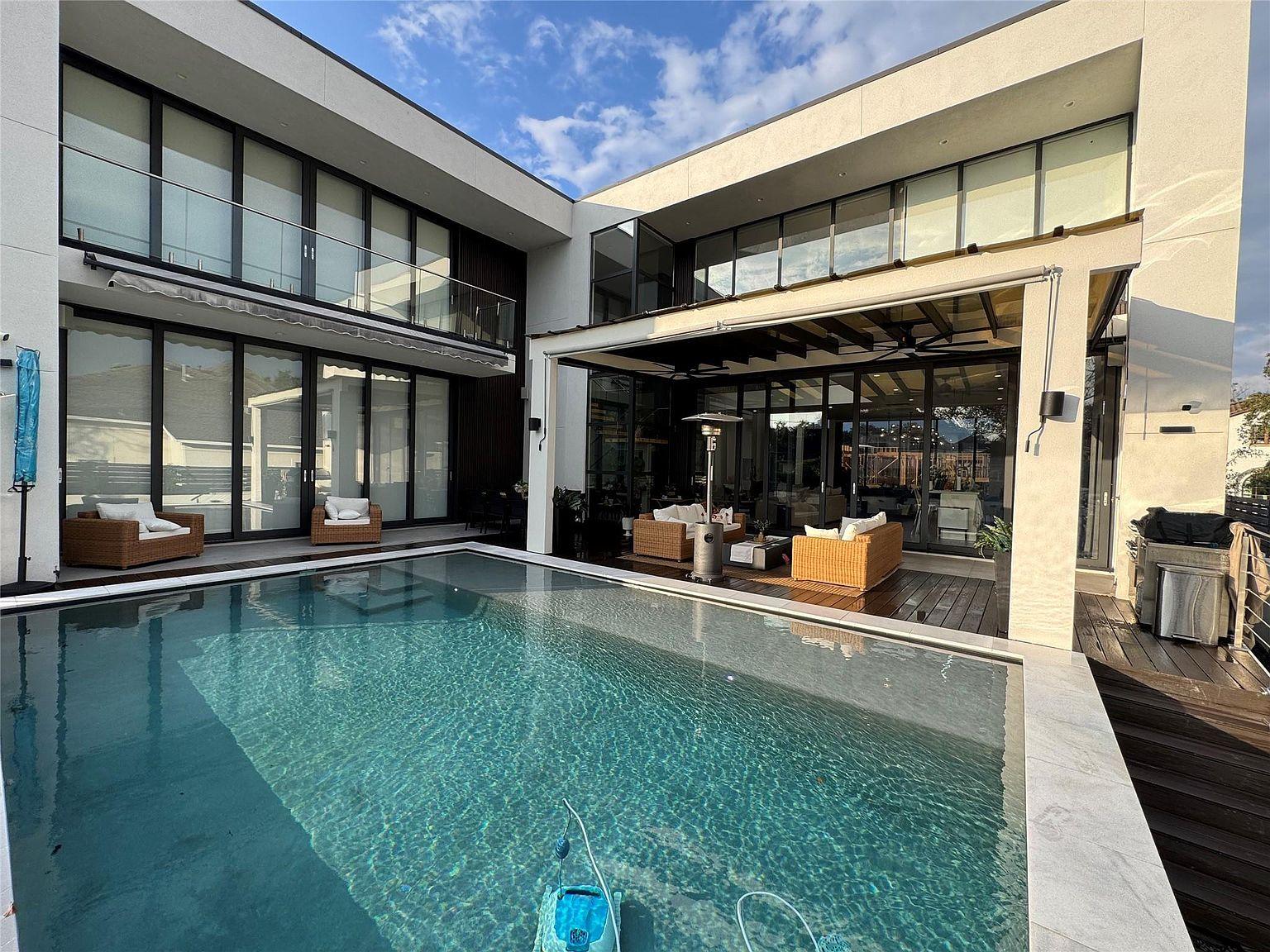
Technology and Smart Features
Modern architecture isn’t just about how a home looks and feels — it also includes the latest technology. Smart home features, such as automated lighting, security systems, and climate control, are becoming more common in modern designs. These features add convenience and efficiency, making it easier to control different aspects of the home with just a touch of a button or a voice command.
For example, thermostats can be programmed to adjust the temperature when you’re not home, saving energy and making sure your home is always comfortable. Smart lighting can be set to turn on and off based on your schedule, and security systems can send notifications to your phone if there’s unusual activity.
Designing for the Future
Modern architecture is not just about today; it’s also about preparing for the future. Architects and designers think ahead, planning spaces that can evolve over time. This might mean designing homes that are adaptable to changing needs, whether that’s adding extra rooms or accommodating new technology. It’s about making sure homes can be enjoyed now and for many years to come.
Conclusion
Modern architecture is all about creating homes that look great and work even better. By focusing on simplicity, natural light, open spaces, and sustainable materials, modern designs create homes that are both functional and beautiful. Whether you’re designing a new home or renovating an old one, modern architecture offers endless possibilities for making spaces that are comfortable, stylish, and practical for today’s living.
